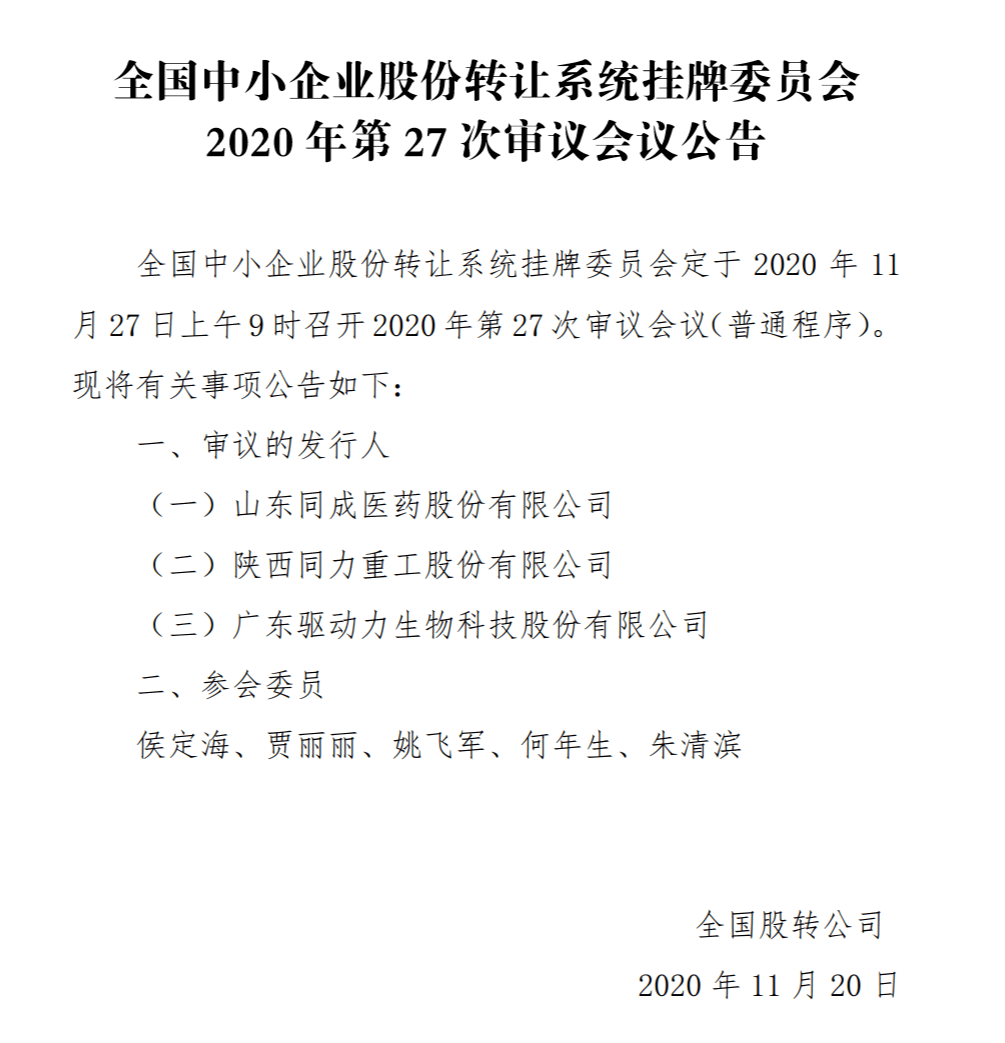дәәе·ҘзҘһз»ҸзҪ‘з»ңжңүи®ёеӨҡжөҒиЎҢзҡ„еҸҳдҪ“пјҢеҸҜз”ЁдәҺжңүзӣ‘зқЈе’Ңж— зӣ‘зқЈеӯҰд№ й—®йўҳ гҖӮиҮӘзј–з ҒеҷЁд№ҹжҳҜзҘһз»ҸзҪ‘з»ңзҡ„дёҖдёӘеҸҳз§ҚпјҢдё»иҰҒз”ЁдәҺж— зӣ‘зқЈеӯҰд№ й—®йўҳ гҖӮ
еҪ“е®ғ们еңЁдҪ“зі»з»“жһ„дёӯжңүеӨҡдёӘйҡҗи—ҸеұӮж—¶пјҢе®ғ们被称дёәж·ұеәҰиҮӘзј–з ҒеҷЁ гҖӮиҝҷдәӣжЁЎеһӢеҸҜд»Ҙеә”з”ЁдәҺеҢ…жӢ¬еӣҫеғҸйҮҚе»әеңЁеҶ…зҡ„еҗ„з§Қеә”з”Ё гҖӮ
еңЁеӣҫеғҸйҮҚе»әдёӯпјҢ他们еӯҰд№ иҫ“е…ҘеӣҫеғҸжЁЎејҸзҡ„иЎЁзӨәпјҢ并йҮҚе»әдёҺеҺҹе§Ӣиҫ“е…ҘеӣҫеғҸжЁЎејҸеҢ№й…Қзҡ„ж–°еӣҫеғҸ гҖӮеӣҫеғҸйҮҚе»әжңүи®ёеӨҡйҮҚиҰҒзҡ„еә”з”ЁпјҢзү№еҲ«жҳҜеңЁеҢ»еӯҰйўҶеҹҹпјҢйңҖиҰҒд»ҺзҺ°жңүзҡ„дёҚе®Ңж•ҙжҲ–жңүеҷӘеЈ°зҡ„еӣҫеғҸдёӯжҸҗеҸ–и§Јз ҒеҗҺзҡ„ж— еҷӘеЈ°еӣҫеғҸ гҖӮ
еңЁжң¬ж–ҮдёӯпјҢжҲ‘们е°Ҷжј”зӨәеңЁPyTorchдёӯе®һзҺ°з”ЁдәҺйҮҚе»әеӣҫеғҸзҡ„ж·ұеәҰиҮӘзј–з ҒеҷЁ гҖӮиҜҘж·ұеәҰеӯҰд№ жЁЎеһӢе°Ҷд»ҘMNISTжүӢеҶҷж•°еӯ—дёәи®ӯз»ғеҜ№иұЎпјҢеңЁеӯҰд№ иҫ“е…ҘеӣҫеғҸзҡ„иЎЁзӨәеҗҺйҮҚе»әж•°еӯ—еӣҫеғҸ гҖӮ

ж–Үз« жҸ’еӣҫ
иҮӘзј–з ҒеҷЁиҮӘзј–з ҒеҷЁжҳҜдәәе·ҘзҘһз»ҸзҪ‘з»ңзҡ„еҸҳдҪ“пјҢйҖҡеёёз”ЁдәҺд»Ҙж— зӣ‘зқЈзҡ„ж–№ејҸеӯҰд№ жңүж•Ҳзҡ„ж•°жҚ®зј–з Ғ гҖӮ
他们йҖҡеёёеңЁдёҖдёӘиЎЁзӨәеӯҰд№ ж–№жЎҲдёӯеӯҰд№ пјҢеңЁйӮЈйҮҢ他们еӯҰд№ дёҖз»„ж•°жҚ®зҡ„зј–з Ғ гҖӮзҪ‘з»ңйҖҡиҝҮеӯҰд№ иҫ“е…Ҙж•°жҚ®зҡ„иЎЁзӨәпјҢд»Ҙйқһеёёзӣёдјјзҡ„ж–№ејҸйҮҚе»әиҫ“е…Ҙж•°жҚ® гҖӮиҮӘзј–з ҒеҷЁзҡ„еҹәжң¬з»“жһ„еҰӮдёӢжүҖзӨә гҖӮ

ж–Үз« жҸ’еӣҫ
иҜҘдҪ“зі»з»“жһ„йҖҡеёёеҢ…жӢ¬иҫ“е…ҘеұӮгҖҒиҫ“еҮәеұӮе’ҢиҝһжҺҘиҫ“е…Ҙе’Ңиҫ“еҮәеұӮзҡ„дёҖдёӘжҲ–еӨҡдёӘйҡҗи—ҸеұӮ гҖӮиҫ“еҮәеұӮдёҺиҫ“е…ҘеұӮе…·жңүзӣёеҗҢж•°йҮҸзҡ„иҠӮзӮ№пјҢеӣ дёәе®ғиҰҒйҮҚж–°жһ„йҖ иҫ“е…Ҙ гҖӮ
еңЁе®ғзҡ„дёҖиҲ¬еҪўејҸдёӯпјҢеҸӘжңүдёҖдёӘйҡҗи—ҸеұӮпјҢдҪҶеңЁж·ұеәҰиҮӘеҠЁзј–з ҒеҷЁзҡ„жғ…еҶөдёӢпјҢжңүеӨҡдёӘйҡҗи—ҸеұӮ гҖӮиҝҷз§Қж·ұеәҰзҡ„еўһеҠ еҮҸе°‘дәҶиЎЁзӨәжҹҗдәӣеҮҪж•°зҡ„и®Ўз®—жҲҗжң¬пјҢд№ҹеҮҸе°‘дәҶеӯҰд№ жҹҗдәӣеҮҪж•°жүҖйңҖзҡ„и®ӯз»ғж•°жҚ®йҮҸ гҖӮе…¶еә”з”ЁйўҶеҹҹеҢ…жӢ¬ејӮеёёжЈҖжөӢгҖҒеӣҫеғҸеӨ„зҗҶгҖҒдҝЎжҒҜжЈҖзҙўгҖҒиҚҜзү©еҸ‘зҺ°зӯү гҖӮ
еңЁPyTorchдёӯе®һзҺ°ж·ұеәҰиҮӘзј–з ҒеҷЁйҰ–е…ҲпјҢжҲ‘们е°ҶеҜје…ҘжүҖжңүеҝ…йңҖзҡ„еә“ гҖӮ
import osimport torch import torchvisionimport torch.nn as nnimport torchvision.transforms as transformsimport torch.optim as optimimport matplotlib.pyplot as pltimport torch.nn.functional as Ffrom torchvision import datasetsfrom torch.utils.data import DataLoaderfrom torchvision.utils import save_imagefrom PIL import ImageзҺ°еңЁпјҢжҲ‘们е°Ҷе®ҡд№үи¶…еҸӮж•°зҡ„еҖј гҖӮEpochs = 100Lr_Rate = 1e-3Batch_Size = 128д»ҘдёӢеҮҪж•°е°Ҷз”ЁдәҺPyTorchжЁЎеһӢжүҖйңҖзҡ„еӣҫеғҸиҪ¬жҚў гҖӮtransform = transforms.Compose([transforms.ToTensor(),transforms.Normalize((0.5,), (0.5,))])дҪҝз”ЁдёӢйқўзҡ„д»Јз ҒзүҮж®өпјҢжҲ‘们е°ҶдёӢиҪҪMNISTжүӢеҶҷж•°еӯ—ж•°жҚ®йӣҶпјҢ并дёәиҝӣдёҖжӯҘеӨ„зҗҶеҒҡеҘҪеҮҶеӨҮ гҖӮtrain_set = datasets.MNIST(root='./data', train=True, download=True, transform=transform)test_set = datasets.MNIST(root='./data', train=False, download=True, transform=transform)train_loader = DataLoader(train_set, Batch_Size=Batch_Size, shuffle=True)test_loader = DataLoader(test_set, Batch_Size=Batch_Size, shuffle=True)и®©жҲ‘们зңӢзңӢе…ідәҺи®ӯз»ғж•°жҚ®еҸҠе…¶зұ»зҡ„дёҖдәӣдҝЎжҒҜ гҖӮprint(train_set)
ж–Үз« жҸ’еӣҫ
print(train_set.classes)
ж–Үз« жҸ’еӣҫ
еңЁдёӢдёҖжӯҘдёӯпјҢжҲ‘们е°Ҷе®ҡд№үз”ЁдәҺе®ҡд№үжЁЎеһӢзҡ„Autoencoderзұ» гҖӮ
class Autoencoder(nn.Module):def __init__(self):super(Autoencoder, self).__init__()#зј–з ҒеҷЁself.enc1 = nn.Linear(in_features=784, out_features=256) # Input image (28*28 = 784)self.enc2 = nn.Linear(in_features=256, out_features=128)self.enc3 = nn.Linear(in_features=128, out_features=64)self.enc4 = nn.Linear(in_features=64, out_features=32)self.enc5 = nn.Linear(in_features=32, out_features=16)#и§Јз ҒеҷЁself.dec1 = nn.Linear(in_features=16, out_features=32)self.dec2 = nn.Linear(in_features=32, out_features=64)self.dec3 = nn.Linear(in_features=64, out_features=128)self.dec4 = nn.Linear(in_features=128, out_features=256)self.dec5 = nn.Linear(in_features=256, out_features=784) # Output image (28*28 = 784)def forward(self, x):x = F.relu(self.enc1(x))x = F.relu(self.enc2(x))x = F.relu(self.enc3(x))x = F.relu(self.enc4(x))x = F.relu(self.enc5(x))x = F.relu(self.dec1(x))x = F.relu(self.dec2(x))x = F.relu(self.dec3(x))x = F.relu(self.dec4(x))x = F.relu(self.dec5(x))return xзҺ°еңЁпјҢжҲ‘们е°ҶеҲӣе»әAutoencoderжЁЎеһӢдҪңдёәдёҠйқўе®ҡд№үзҡ„Autoencoderзұ»зҡ„дёҖдёӘеҜ№иұЎ гҖӮmodel = Autoencoder()print(model)
ж–Үз« жҸ’еӣҫ
зҺ°еңЁпјҢжҲ‘们е°Ҷе®ҡд№үжҚҹеӨұеҮҪж•°е’ҢдјҳеҢ–ж–№жі• гҖӮ
criterion = nn.MSELoss()optimizer = optim.Adam(net.parameters(), lr=Lr_Rate)д»ҘдёӢеҮҪж•°е°ҶеҗҜз”ЁCUDAзҺҜеўғ гҖӮdef get_device():if torch.cuda.is_available():device = 'cuda:0'else:device = 'cpu'return device
жҺЁиҚҗйҳ…иҜ»
-
-
-
-
-
-
-
-
-
-
-
-
-
-
-
-
-
-
-
-
- дҪҝз”ЁPytorchе’ҢMatplotlibеҸҜи§ҶеҢ–еҚ·з§ҜзҘһз»ҸзҪ‘з»ңзҡ„зү№еҫҒ
- зҒ«еұұзҲҶеҸ‘е•Ұ иҝҷеә§зҒ«еұұйҡҸж—¶еҸҜиғҪзҲҶеҸ‘
- дёәд»Җд№ҲиҜҙиҜ»д№Ұзҡ„дәәи¶ҠжқҘи¶Ҡе°‘пјҹ
- дәәи„‘дёӯжҺ§еҲ¶дәәе№іиЎЎеҠӣзҡ„жҳҜд»Җд№Ҳпјҹ
- JavaScriptзҡ„ж·ұжӢ·иҙқе®һзҺ°
- зҒ«жҳҹеҶ…йғЁе…ЁжҳҜеӨ–жҳҹдәә еӨ–жҳҹдәәдёҚеӯҳеңЁзҡ„иҜҒжҚ®
- зҲұж–Ҝеҹәж‘©дәәзңҹзҡ„еӯҳеңЁеҗ— зҲұж‘©ж–ҜеҹәдәәиҝҳеӯҳеңЁеҗ—
- жңҲзҗғеҸ‘зҺ°еӨ–жҳҹз”ҹе‘Ҫ жңҲзҗғжҳҜдәәйҖ еҚ«жҳҹеҗ—
- ж— и„ҠжӨҺеҠЁзү©жңүе“ӘеҮ з§Қ жңүе“Әдәӣж— и„ҠжӨҺеҠЁзү©
- д»Җд№ҲжҳҜеҮ дәҝе№ҙеүҚеӨ§йҮҸзҡ„дҪҺзӯүз”ҹзү©з»ҸиҝҮй•ҝжңҹеӨҚжқӮеҸҳеҢ–еҪўжҲҗзҡ„ еҚ•з»Ҷиғһз”ҹзү©жңҖж—©еҮәзҺ°еңЁең°зҗғдёҠзҡ„ж—¶й—ҙ
















